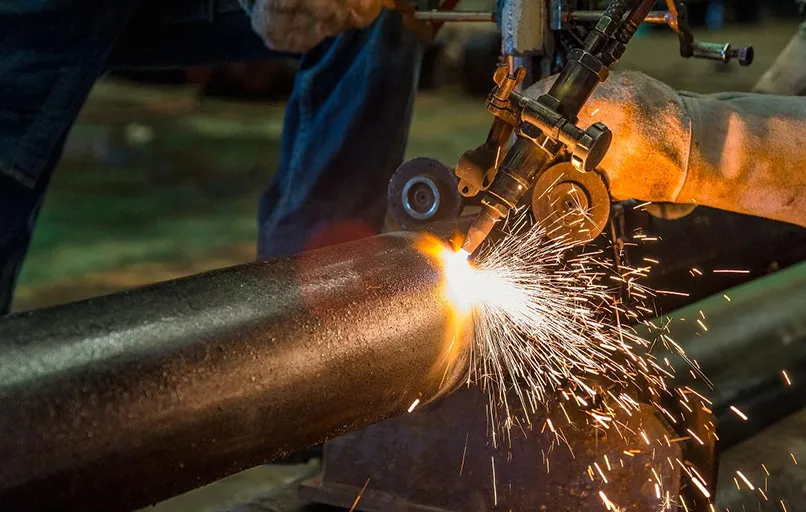

To Define Do Not Be Defined
Calcium Carbide
1.High purity products – calcium carbide content ≥80%, suitable for industrial applications.
2.Stable supply capacity – stable supply of large quantities of products.
3.Safety standards – in compliance with dangerous goods transportation and storage regulations.
4.Good packaging – usually packaged in barrels or iron drums, sealed to prevent moisture.
5.Technical support – providing customized solutions.
6.Export experience – familiar with global dangerous goods transportation.
Calcium carbide is an off-white solid with the molecular formula CaC 2 and a molecular weight of 64.10. It was first discovered by Friedrich Wöhler in 1862 to react with water to produce acetylene and calcium hydroxide. It is commercially known as carbide and is commonly used to produce acetylene gas.
Calcium carbide has a melting point of about 2300°C, a density of 2.22, and is a tetragonal crystal at room temperature. Its structure consists of calcium ions and acetylene ions, which transform into a cubic system at 450°C. Pure calcium carbide is colorless, but commercial varieties are gray or brown due to impurities, the main component of which is CaC 2.

Calcium carbide sizes are typically categorized by application and market demand. Common specifications are as follows:
1.Lump calcium carbide
Sizes: 50-80mm calcium carbide, 80-120mm calcium carbide, 120-200mm calcium carbide , etc.
Features: Large lump calcium carbide reacts more slowly and is suitable for large-scale industrial use. Moisture-proof transportation and storage are essential.
2.Granular calcium carbide
Sizes: 2-5mm calcium carbide , 5-15mm calcium carbide , 15-25mm calcium carbide , etc.
Features: Small particles, fast reaction speed, commonly used in laboratories or small acetylene generators.
3.Powdered calcium carbide
Size: Less than 1mm.
Features: Violent reaction, requiring caution. Generally used in specialty chemical synthesis.
Calcium carbide is mainly used to produce acetylene gas for industrial purposes, including lime nitrogen fertilizers and acetylene burners. It has historical significance in the synthesis of organic compounds and is used as a desulfurization agent in steelmaking.
Great potential for cost savings
Minimum sulfur content in slag, high sulfur content
Recovery of chromium, manganese, silicon, and iron from slag
Gas deoxidation products have improved purity
Contact us to provide you with a stable supply of calcium carbide!
SEE ALL


To Define Do Not Be Defined